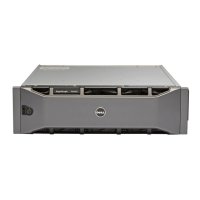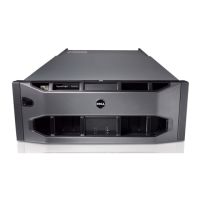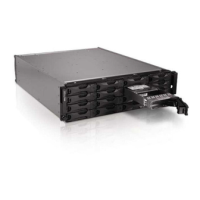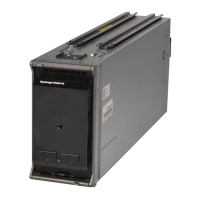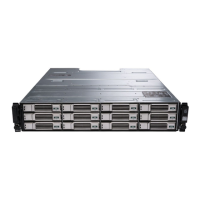Dell EqualLogic Configuration Guide v11.3
Appendix E PowerConnect 62xx Switch Configuration
The PowerConnect 62xx Family of switches must be placed in ―privileged‖ mode to perform
configuration steps in this Appendix. Use the following command to enter ―privileged‖ mode:
console> enable
console#
Note: You may be prompted for a password after submitting the enable command
The PowerConnect 62xx Family of switches must be place into configuration mode before any
configuration steps can be performed. To enter configuration mode, the following command must be
entered:
console# configure
console(config)#
PowerConnect 62xx Family of switches are stacking switches and must be configured as a stack using
either the web-based Switch manager or the Command Line Interface (CLI). The instructions in this
Appendix provide CLI commands for configuration. Please go to Dell’s support website for the latest
documentation if the web-interface is preferred.
E.1 Interface Naming Convention
The conventions for naming interfaces on Dell PowerConnect 62xx family of switches are as follows:
Unit#/Interface ID — each interface is identified by the Unit# followed by a / symbol and then
the Interface ID (see below). For example, 2/g10 identifies gigabit port 10 within the second
unit of a stack.
Unit# — the unit number is used only in a stacking solution where a number of switches are
stacked to form a virtual device. In this case, the unit number identifies the physical device
identifier within the stack.
Interface ID — is formed by the interface type followed by the interface number. There is
currently a predefined list of interface types (see below). If additional interface types are to
be defined, they must be registered with Dell. For example, 2/g10 identifies the gigabit port
10 on the second unit.
Interface Types — the following interface types are defined in the 6200 series switches:
o g — gigabit Ethernet port (for example, 1/g2 is the gigabit Ethernet port 2).
o g — 10 Gigabit Ethernet port (for example, 1/xg2 is the 10 gigabit Ethernet port 2).

